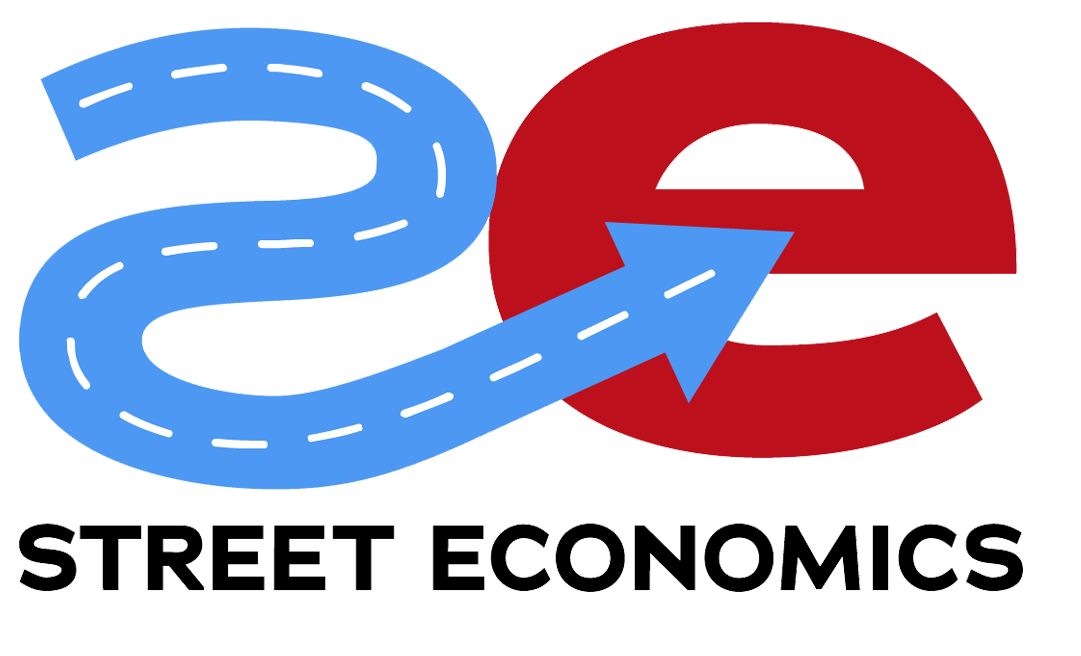In our ongoing series, From Ivory Towers to Main Streets, we’re diving into another important topic from the American Economic Review that’s not just theory but has practical implications for local economic development: how short-term liquidity shocks affect the balance between business investment and education in low-income households. The study in question focused on poor entrepreneurs in India, many of whom must make difficult trade-offs between reinvesting in their microenterprises and funding their children’s education.
The research found that while a short-term liquidity shock, basically a financial boost, led to a period of increased business growth, the benefits were not uniformly shared. In households with literate parents, the investment tended toward education, with children more likely to attend college. In contrast, illiterate-parent households invested more in their businesses, and while they saw long-term business gains, they experienced a decline in educational outcomes for their children. So, what is the relevant issue for local economic development in Florida and the US? In many of our communities, we see the intergenerational trade-offs that households must make between short-term financial needs and long-term economic mobility.
At Street Economics and BusinessFlare, we see similar trends. Whether in low-income communities or struggling business districts, the challenge remains the same: How can businesses grow without sacrificing the next generation’s chance at economic mobility or local business succession planning? This isn’t just a problem for emerging economies; it’s a reality faced by many communities in the U.S. as well.
The key issue isn’t simply about providing more capital or resources to small businesses but rather understanding the balance between short-term gains and long-term sustainability. In many U.S. communities, small business owners face the difficult decision of whether to reinvest in their operations or prioritize their children’s education, much like the families in the study from India. The risk here is twofold: without investment in the next generation, economic mobility stalls, but without reinvestment in the business, economic vitality can suffer, leaving communities struggling to grow.
To address the challenge of balancing reinvestment in the business with the education and future prospects of the next generation, we need to think creatively about combining both goals: ensuring the business thrives while preparing children for future success, ideally in ways that align the two.
Apprenticeship and Mentoring: One solution is to develop apprenticeship programs that allow children to work in the family business while pursuing their education. By incorporating practical, on-the-job training alongside formal schooling, the next generation can gain firsthand business experience, develop leadership skills, and understand the company’s operations.
Family Business Succession Planning: An intentional succession planning process can align the family’s long-term business goals, where the current generation prepares the business for eventual handover. Investing in programs that provide business education for both the current owners and their children can help smooth the transition and help with business operational efficiency.
Flexible Work Study: Many educational institutions now offer flexible or part-time study options that allow students to balance work and school. Businesses can take advantage of this by offering flexible work schedules to children involved in the business, allowing them to attend school part-time while contributing to the family operation.
Education as a Business Expense/Investment: A thriving business can sometimes directly fund the next generation’s education. By allocating a portion of the business’s profits or reinvesting strategic revenue, parents can ensure that both the business and their children’s education are supported. In return, the children can bring back new skills and knowledge acquired through their education to innovate and expand the family business.
Access Existing Programs: Utilizing community partnerships, local economic development programs, or incubator spaces could help small businesses access additional resources without draining the funds needed for children’s education. Some programs offer mentorship, free training, or tax incentives that can support the growth of small businesses while creating opportunities for younger family members to be involved.
Online Education: With the rise of online learning, children involved in the family business can pursue digital education programs in areas such as marketing, finance, or technology and apply their skills directly to the business.
One option for families is to address immediate needs and long-term goals by thinking creatively and adopting a dual-focus strategy that integrates education with business development.



Comments are closed